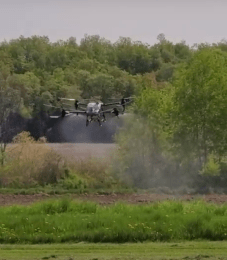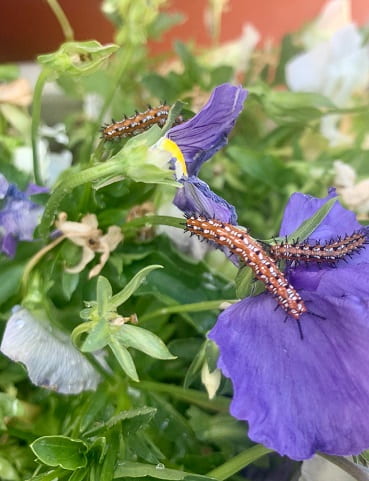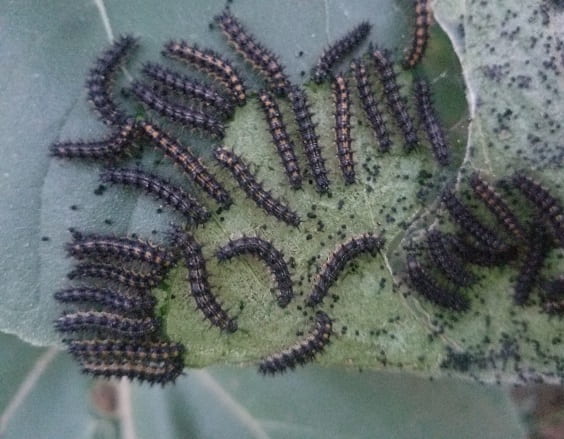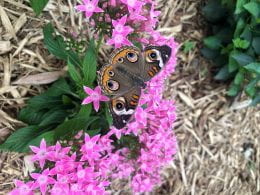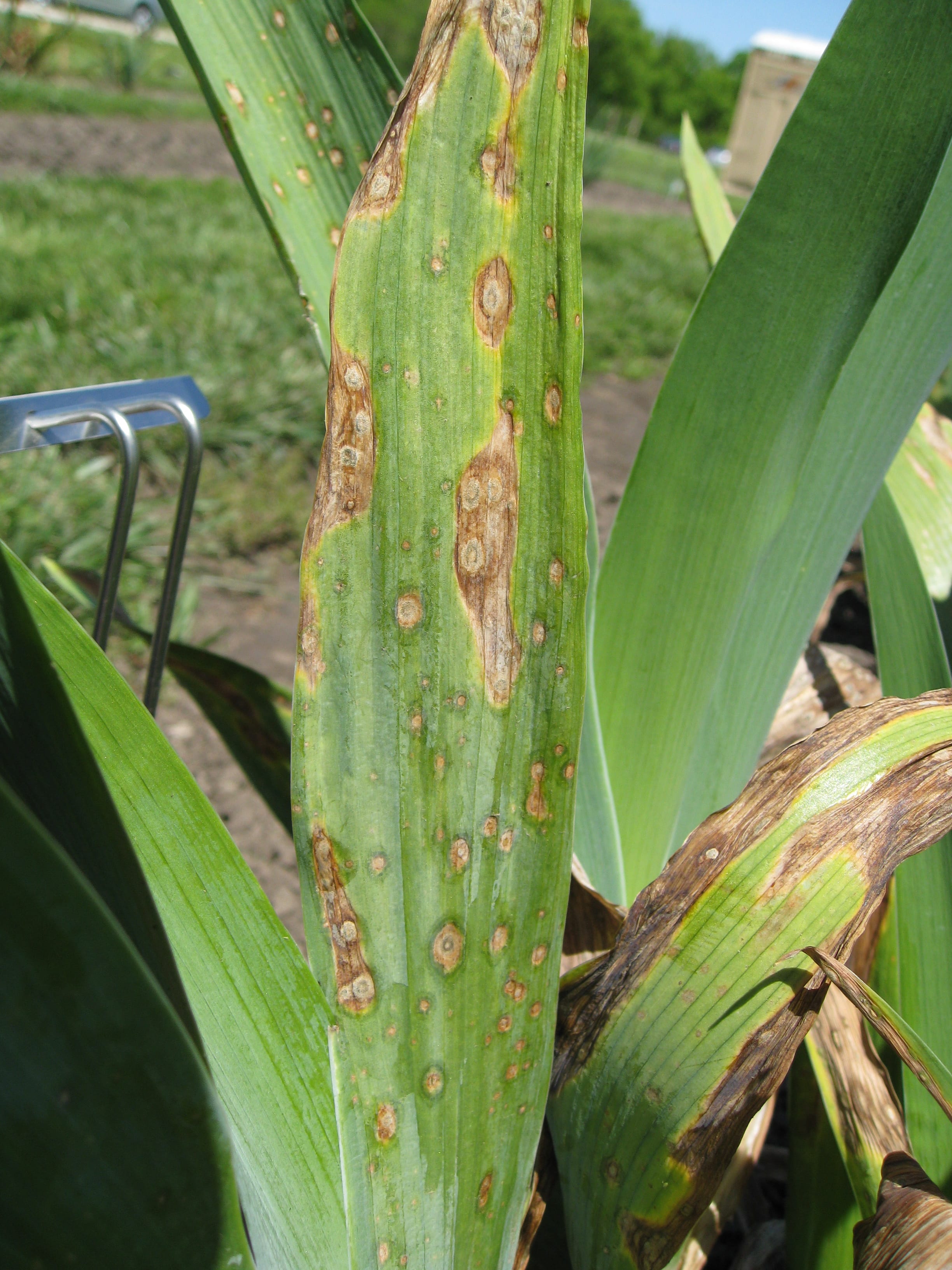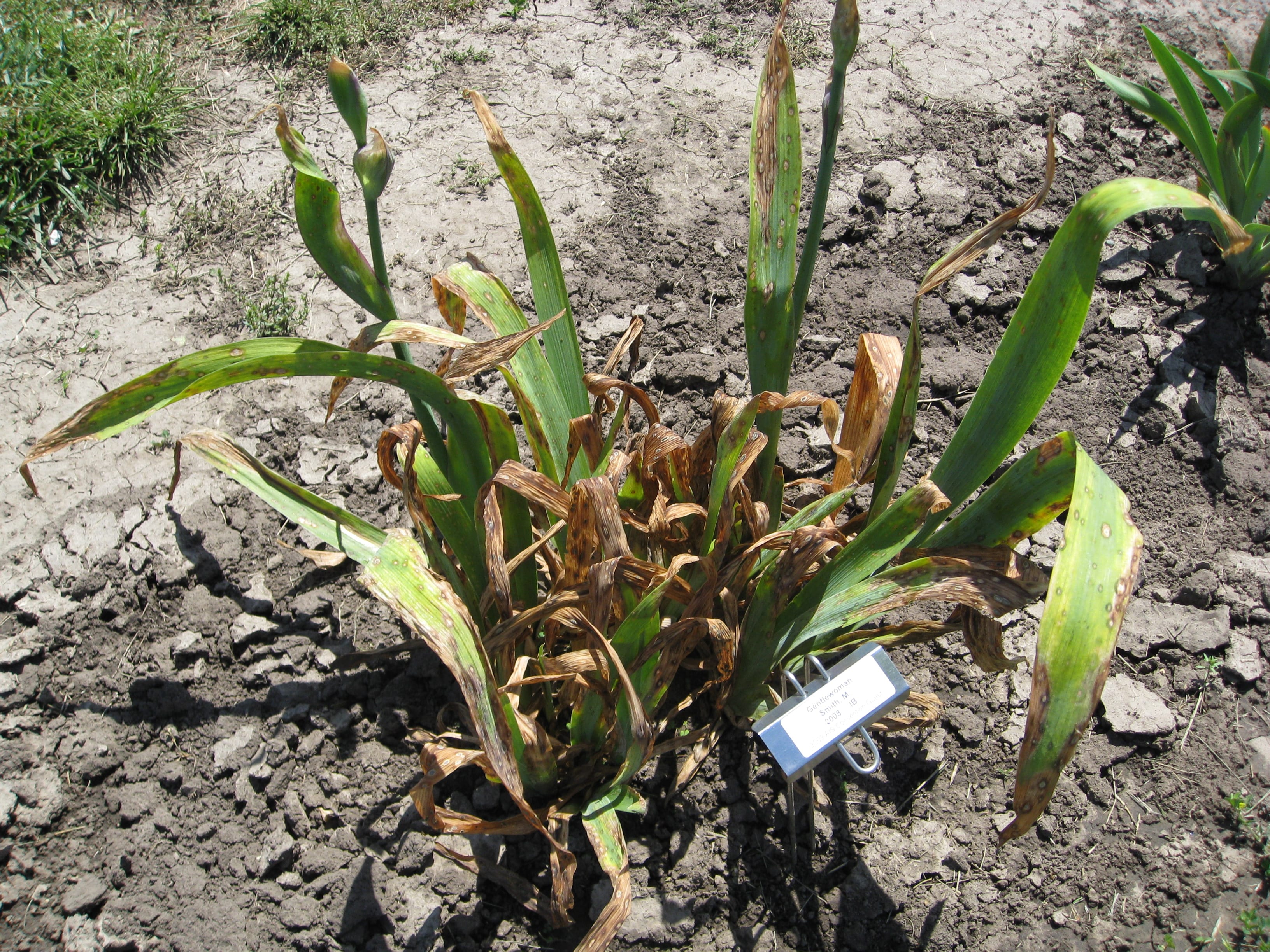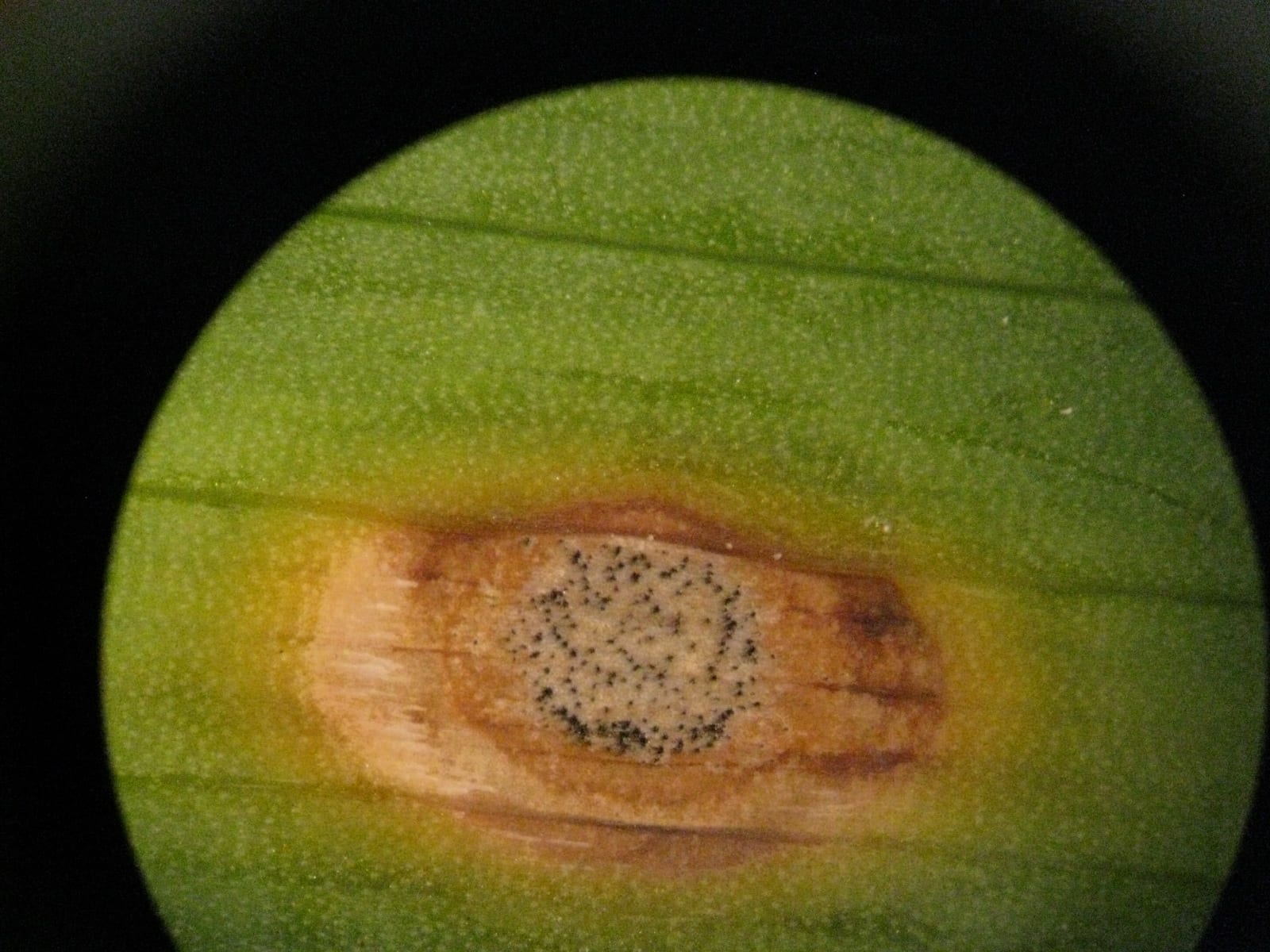By Frannie Miller and Cheryl Boyer
“The label is the law.” Most pesticide applicators are familiar with this phrase. Yet, pesticides are sometimes used in ways inconsistent with product labels. Examples may include using a product on a site that it is not labeled for, using a rate greater than labeled, using an application method that is not labeled, and many others. Sometimes, pesticides have similar active ingredients but different formulations. Using a formulation not labeled for a particular site is also a misuse. Even though the off-label practice seems harmless at the time, doing so may have unintended consequences, including additional pesticide limitations. The pesticide toxicity and amount of exposure affect the amount of risk to human health. Remember, pesticides are designed to kill certain organisms (insects, weeds, and diseases) and therefore have a degree of toxicity that could cause harm to humans. Label directions are written to minimize risks for homeowners, applicators, bystanders, and the environment. Remember to read, understand and follow the pesticide product label carefully. The following paragraphs discuss some best management practices when making pesticide applications.

First, conduct regular pest scouting to identify issues such as weeds, insects, and diseases, and then assess if the pest pressure justifies treatment. For those pests that are a common problem, develop an integrated pest management (IPM) plan which outlines the non-chemical pest control methods that can be used to help manage these pests. Examples include prevention (sanitation, use of pest-free seeds/transplants), physical barriers (landscape fabric, mulch), mechanical (hand removal, hoeing, plant thinning/trimming), cultural practices (timely watering and fertilization, planting turf varieties to pest pressure), and biological control (promoting beneficial insects). Use pesticides only when pest populations reach economic threshold levels or when conditions favor the development of high populations and then apply the pesticide at the labeled rate. Spot treat if the pest populations are not widely distributed throughout the area. Also, try to select pesticides with low toxicity to humans and other non-target organisms, such as pollinators, pets, birds, etc.
Second, ensure the protection of the environment by calibrating and inspecting application equipment before application. Do not calibrate near ponds, lakes, or other bodies of water, and do not apply to any water body unless the product is labeled for aquatic use. Never clean pesticide application equipment over a mix/load pad that has a drain or where contaminated rinse water can flow into a body of water. Follow spray drift management recommendations/requirements on the product label to help mitigate drift. Examples include not applying when the wind blows> 15 mph or under temperature inversion conditions. Ensure pollinator requirements on the label are followed. These statements are under the “Environmental Hazards” or the “Bee Advisory” box on the label. Avoid using pesticides within the same chemical group or mode of action over an extended period of time to help prevent pesticide resistance. Look at each product’s active ingredient(s) and keep records of what you have used for a specific pest.
Third, follow the label to ensure the safety of applicators, homeowners, handlers, and others. Always keep the product label and Safety Data Sheet (SDS) available for all the products you apply. Always use the label-approved Personal Protective Equipment (PPE). PPE is intended to prevent pesticide exposure to the applicator by creating a barrier between the applicator and the pesticide. Store PPE in a clean and safe place to avoid contamination. Keep pesticide products in the original container and store pesticide products in a safe and secure place that is out of the reach of children.
The turfgrass and ornamental industry spends hundreds of millions of dollars to develop pesticides and the data to prove they can be used safely. Users are responsible for following label directions and handling products in ways that ensure safe use. This is one of the most important steps to take to protect the well-being of our families and communities and ensure access to pesticides in the future.
